What Is a Self-Cleaning Oven?
A self-cleaning oven is designed to reduce manual scrubbing by using built-in systems that break down food residue and grease. Instead of harsh chemicals, these ovens use high heat, specialised liners, or steam to tackle grime, leaving only light ash or softened residue to wipe away.
Compared with manual oven cleaning, self-cleaning models save time, improve hygiene, and help you keep a consistently clean oven with less effort. They’re popular for busy households and anyone who wants low-maintenance kitchen care.
The Three Main Self-Cleaning Systems
- Pyrolytic ovens super-heat the cavity to turn baked-on residue into fine ash for easy wiping. High-temperature self-clean (often 450–500°C) that carbonises residue into ash.
- Catalytic ovens use grease-absorbing liners that break down splatters during normal cooking. Porous liners trap and oxidise grease while you cook; liners may need periodic replacement.
- Steam cleaning (also called hydrolytic) uses water and low heat to loosen light grime for a quick wipe-down. Add water, run a short low-temp cycle; great for fresh spills, less effective on heavy carbon.
Hover or tap the card to reveal the tip.
How Do Self-Cleaning Ovens Work?
Self-cleaning ovens use different technologies to remove food residue and grease automatically. Each type works in a unique way—using either extreme heat, special coatings, or steam power—to help keep your oven clean with minimal effort.
1. Pyrolytic Cleaning
During a pyrolytic cycle A high-heat self-clean (about 450–500 °C) that carbonises residue into fine ash. , the oven heats to around 450–500 °C. This intense temperature carbonises grease, spills, and baked-on residue into a fine ash. Once cooled, simply wipe away the remains with a damp cloth—no heavy scrubbing needed.
2. Catalytic Cleaning
Catalytic liners Porous panels that absorb and oxidise grease during normal cooking (≈200 °C+). are special panels inside the oven that absorb and break down grease at regular cooking temperatures. Over time, liners may lose effectiveness and need replacing, but they keep day-to-day maintenance quick and easy.
3. Steam (Hydrolytic) Cleaning
Steam cleaning—sometimes called hydrolytic cleaning Uses water and mild heat (~100 °C) to soften residue for an easy wipe-down. —uses water and low heat to loosen food residue. After a short cycle, grime softens and can be wiped away effortlessly. It’s ideal for light cleaning between deeper cycles.
Hover or tap the card to reveal the tip.
Pros and Cons of Self-Cleaning Ovens
Self-cleaning ovens come with clear advantages, but there are also some points to consider before buying. Below is a quick comparison of how each cleaning system performs in everyday use.
| Type | Advantages | Drawbacks |
|---|---|---|
| Pyrolytic | Delivers a deep, thorough clean without chemicals. | High energy use and can produce odours during cleaning. |
| Catalytic | Low-maintenance design that works during normal cooking. | Liners wear out over time and may need replacing. |
| Steam (Hydrolytic) | Eco-friendly and energy-efficient with no harsh heat. | Best for light cleaning; may struggle with heavy grease. |
Hover or tap the card to reveal the tip.
Are Self-Cleaning Ovens Safe?
Yes — self-cleaning ovens are designed with multiple built-in safety features to protect you and your kitchen. However, following a few best practices ensures safe and effective use of each cleaning cycle.
Built-In Safety Features
- Automatic door locks engage during pyrolytic cycles, preventing the oven from opening at high temperatures.
- Temperature sensors regulate internal heat to ensure cleaning remains within safe limits.
- Cooling fans help lower the exterior surface temperature and protect surrounding cabinetry.
Safety Tips for Every Cleaning Type
To make the most of your oven’s cleaning system and keep your kitchen safe:
- Always ventilate the kitchen during a pyrolytic cycle to reduce odours and smoke.
- Allow the oven to cool completely before wiping away ash or moisture.
- For steam-cleaning models, avoid overfilling the water reservoir to prevent leaks.
- Never use chemical cleaners during or after a self-cleaning cycle — they can damage liners or coatings.
Hover or tap the card to reveal the tip.
Energy Use and Running Costs
One of the biggest concerns with self-cleaning ovens is how much energy they use. While convenience is a major benefit, the cleaning process—especially with pyrolytic systems—can consume more electricity than standard cooking cycles.
How Much Energy Does a Self-Clean Cycle Use?
A pyrolytic cleaning cycle can last between 1.5 and 3 hours, depending on the model and level of dirt. On average, it uses around 2–3 kWh of electricity, which can cost roughly 60–90 pence per cycle based on typical UK electricity rates.
By contrast, steam-cleaning ovens use minimal heat and water, making them far more energy-efficient—often under 0.3 kWh per cycle.
| Cleaning Type | Approx. Energy Use | Estimated Cost per Cycle* |
|---|---|---|
| Pyrolytic | 2–3 kWh | 60–90p |
| Catalytic | Negligible (uses normal cooking heat) | None |
| Steam (Hydrolytic) | 0.2–0.3 kWh | 5–10p |
*Based on average UK electricity cost of 30p per kWh.
Are Self-Cleaning Ovens Worth the Running Cost?
For most households, the occasional cost of a self-clean cycle is outweighed by the time saved and the improved oven performance. Cleaner interiors maintain heat efficiency and prevent lingering smells, so you’ll often use slightly less energy overall when cooking.
Hover or tap the card to reveal the tip.
Maintenance Tips for Self-Cleaning Ovens
Although self-cleaning ovens are built for convenience, regular care helps them perform better and last longer. Following a few simple steps will keep your oven fresh, efficient, and ready for use whenever you need it.
Everyday Maintenance
- Wipe away small spills as soon as the oven cools down to prevent stubborn marks.
- Use a damp microfibre cloth rather than harsh scourers to avoid damaging enamel or liners.
- Keep the oven door glass clean using warm water and a soft cloth — avoid strong chemical sprays.
- Check seals and gaskets periodically to make sure the door closes tightly and efficiently.
After a Self-Clean Cycle
Once the cleaning cycle has finished and the oven is cool:
- Wipe away any remaining ash or residue with a damp cloth or paper towel.
- Reinsert the oven racks once they’re clean and dry.
- Leave the door slightly open for 15–20 minutes to let any moisture evaporate fully.
When to Replace Parts
Catalytic liners typically last up to five years, depending on use. If they start to look shiny, greasy, or ineffective, it’s time to replace them. Always use manufacturer-approved replacements to ensure proper fit and performance.
Hover or tap the card to reveal the tip.
Are Self-Cleaning Ovens Worth It?
After exploring how each cleaning system works, it’s time for the big question: are self-cleaning ovens really worth it? The answer depends on your cooking habits, energy use, and how much you value convenience in the kitchen.
When They’re Worth the Investment
- If you cook frequently or bake often, a self-cleaning oven helps maintain hygiene and prevents build-up.
- They’re ideal for busy households where saving time on cleaning is a priority.
- Anyone who prefers chemical-free cleaning will appreciate the eco-friendly approach of these models.
- Modern pyrolytic ovens maintain consistent performance and even heating for better cooking results.
When a Standard Oven Might Be Enough
- If you only cook occasionally or rarely use your oven, the self-cleaning function may not justify the higher price tag.
- Pyrolytic models can use more energy, so they may not suit households focused on ultra-low running costs.
- Those comfortable with manual cleaning may find traditional ovens perfectly adequate.
Final Verdict
For most people, the convenience of a self-cleaning oven far outweighs the modest increase in energy use. If you value time-saving technology, cleaner cooking, and less manual effort, it’s an upgrade worth making — especially with today’s more efficient models.
Hover or tap the card to reveal the tip.
Frequently Asked Questions
Have questions about self-cleaning ovens? Explore the answers below to learn how to get the most from your oven’s cleaning features.
Final Thoughts
A self-cleaning oven is one of those kitchen upgrades that can genuinely make life easier. Whether you choose a powerful pyrolytic model, a convenient catalytic design, or an eco-friendly steam option, all help to reduce effort and keep your oven spotless with minimal fuss.
The best choice depends on your cooking habits, budget, and energy priorities — but if you value time savings and effortless cleaning, a self-cleaning oven is certainly worth the investment.
Hover or tap the card to reveal the tip.
- All Posts
- Cooker Hood Guides & Advice
- Dishwasher Guides & Advice
- General Appliance Guides & Advice
- Hob Guides & Advice
- Laundry Guides & Advice
- Microwave Guides & Advice
- Oven Guides & Advice
- Wine Cooler Guides & Advice
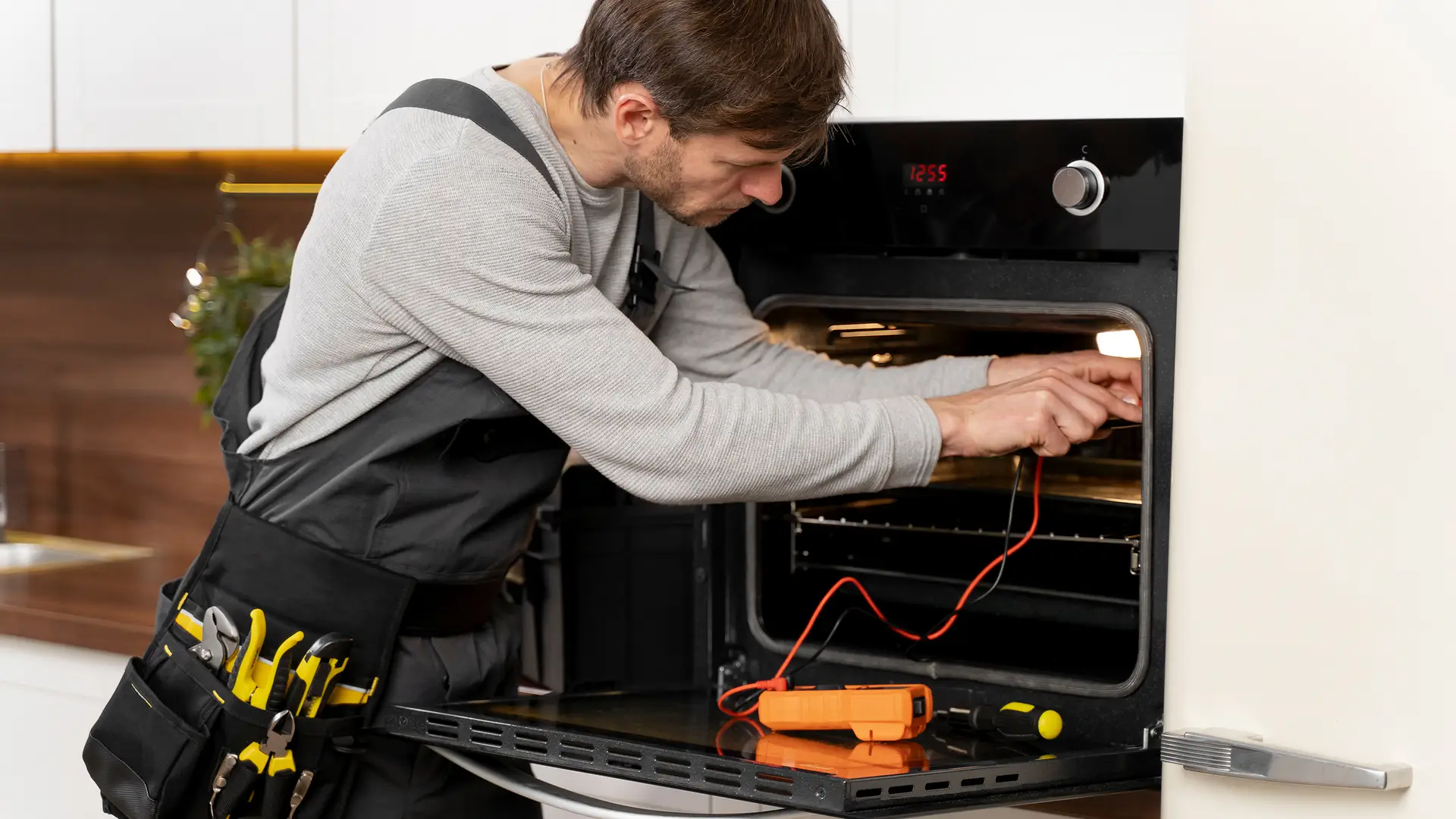
Discover common built-in oven problems and how to fix them. Get easy troubleshooting tips and know when to call a...
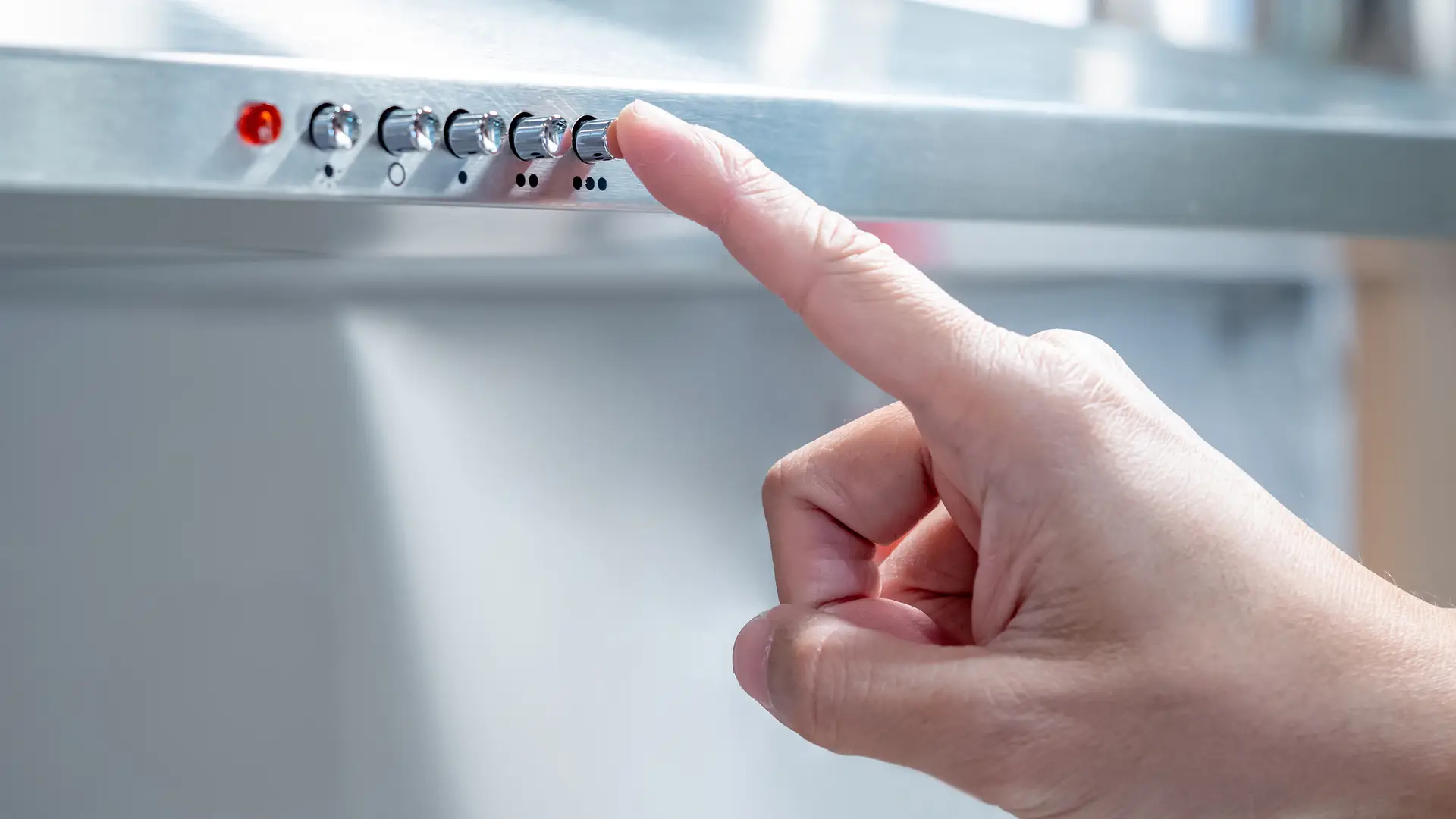
Find out if a cooker hood can be noiseless and discover how to choose ultra-quiet models for peaceful cooking. Learn...
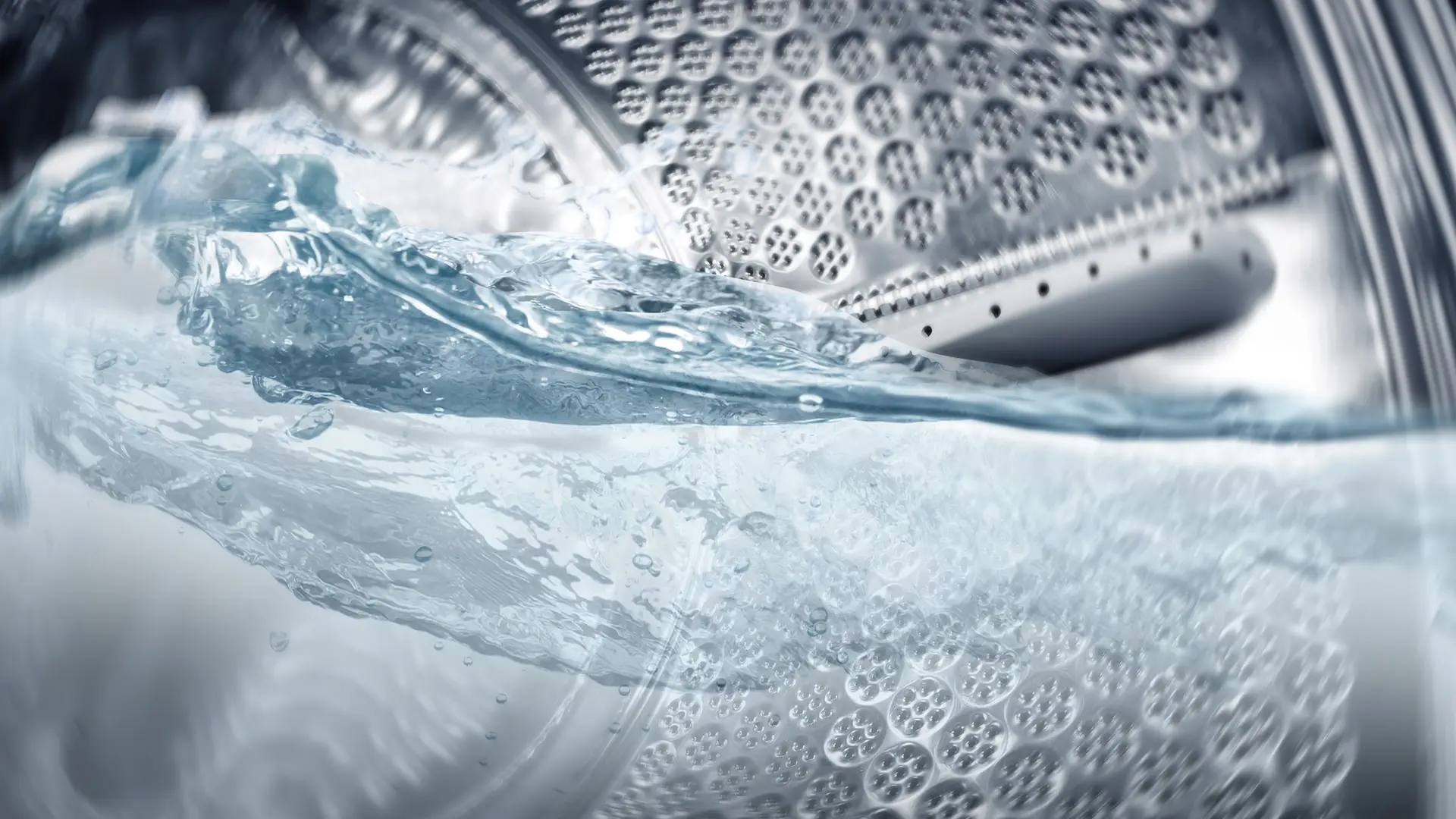
Tired of your integrated washer making too much noise? Discover practical tips to reduce vibration and quieten your appliance. Read...
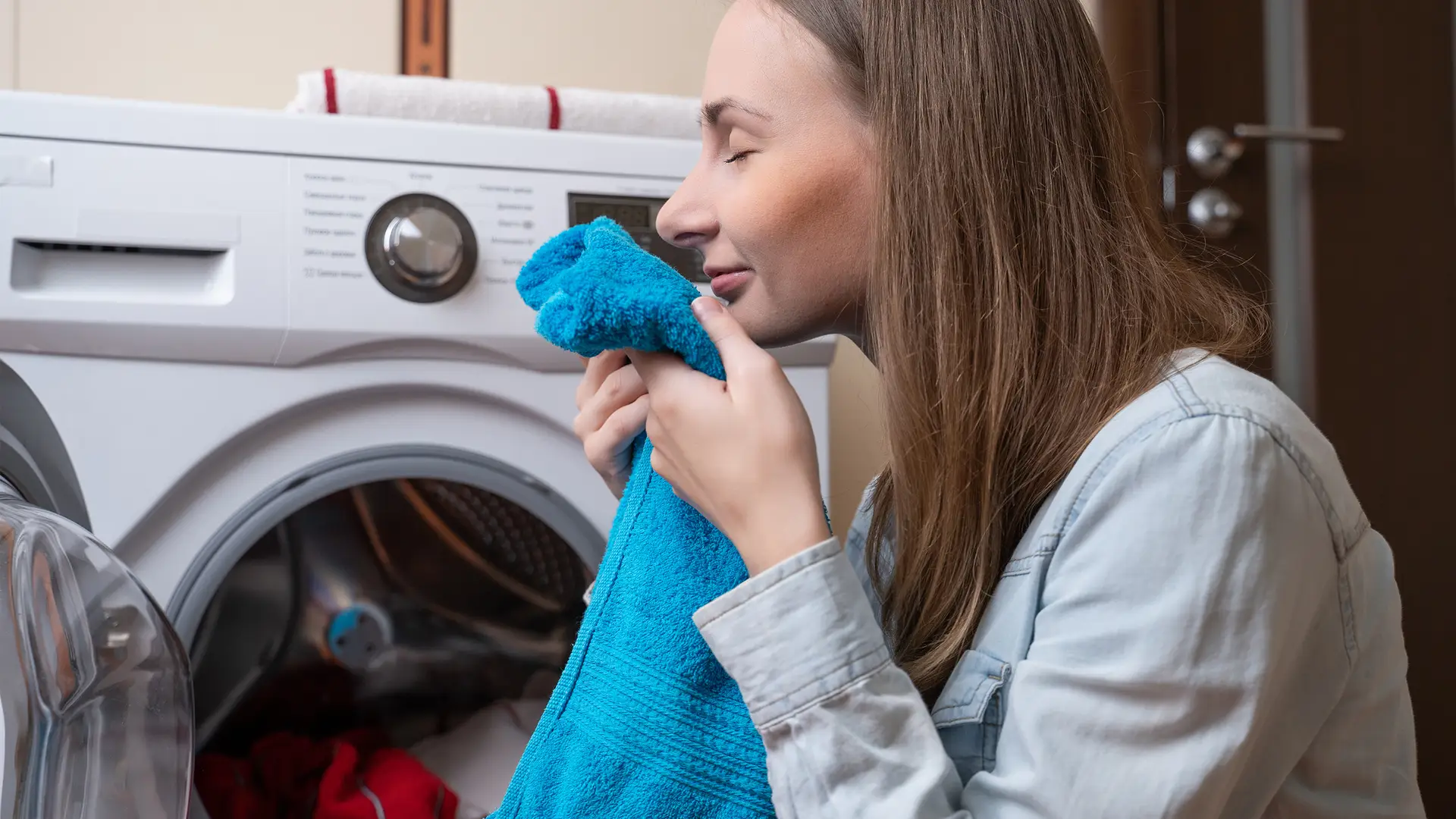
Discover simple tips to stop your washing machine smelling musty. Keep it clean, fresh, and efficient — follow our quick...

Discover the quietest cooker hoods for open-plan kitchens. Learn how to choose low-noise extraction while keeping your space fresh and...

Discover how self-cleaning ovens work, their pros and cons, and if they’re worth the cost. Learn about pyrolytic, catalytic, and...
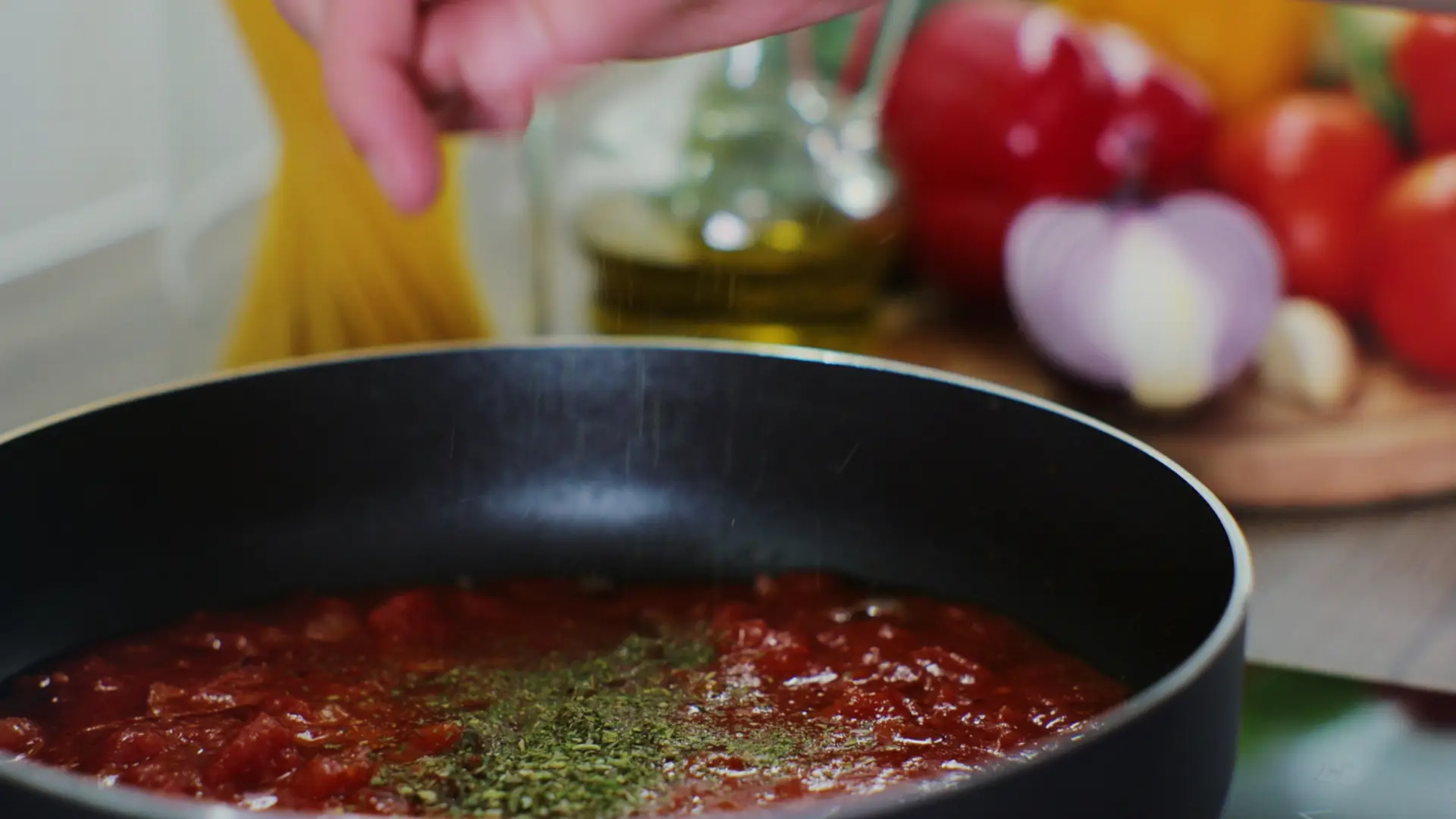
Learn how to cook delicate sauces on induction hobs with low heat settings. Discover tips, best practices, and mistakes to...
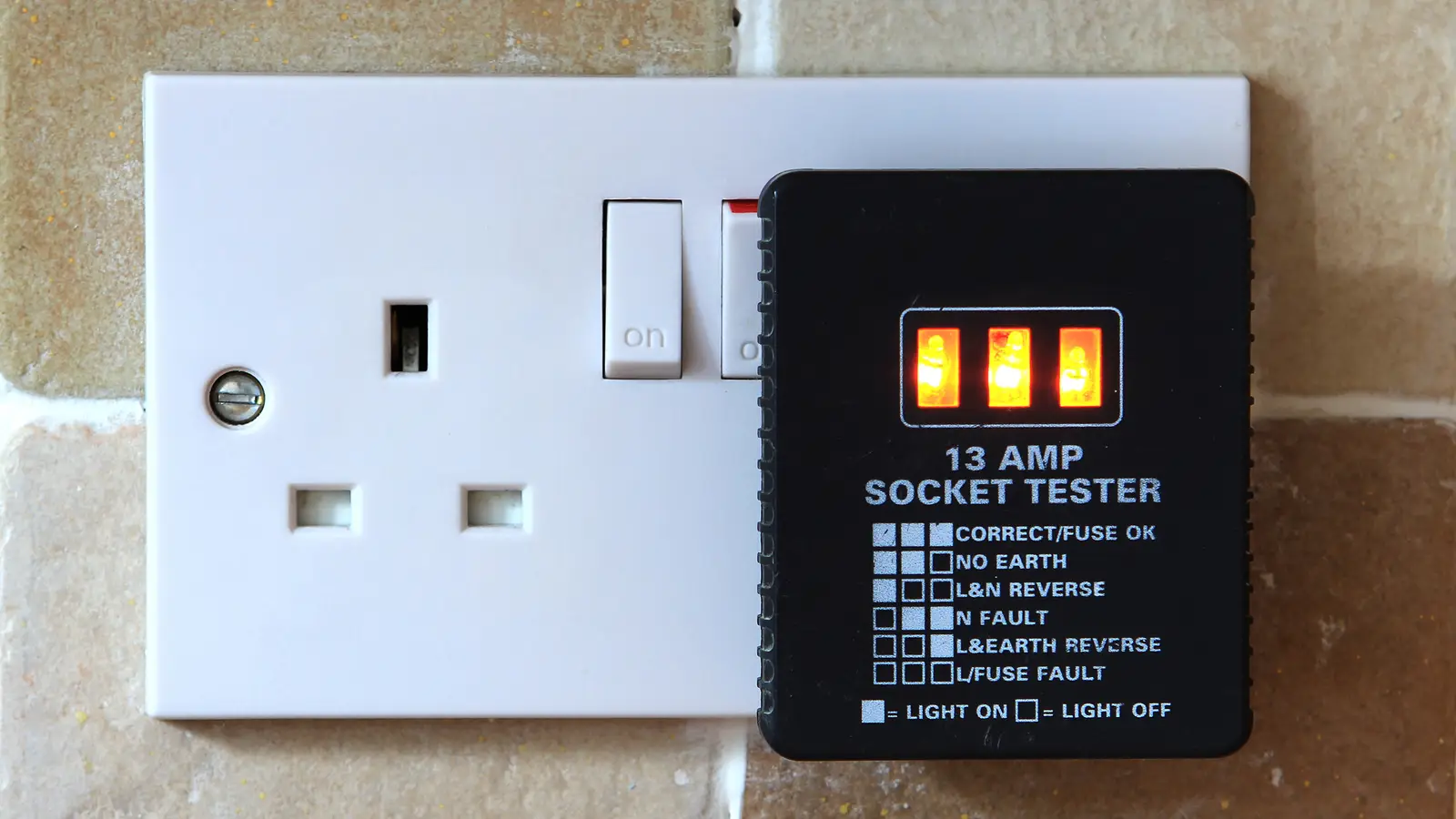
Find out if you can plug a dishwasher into a normal UK socket and what safety rules apply. Quick, clear...
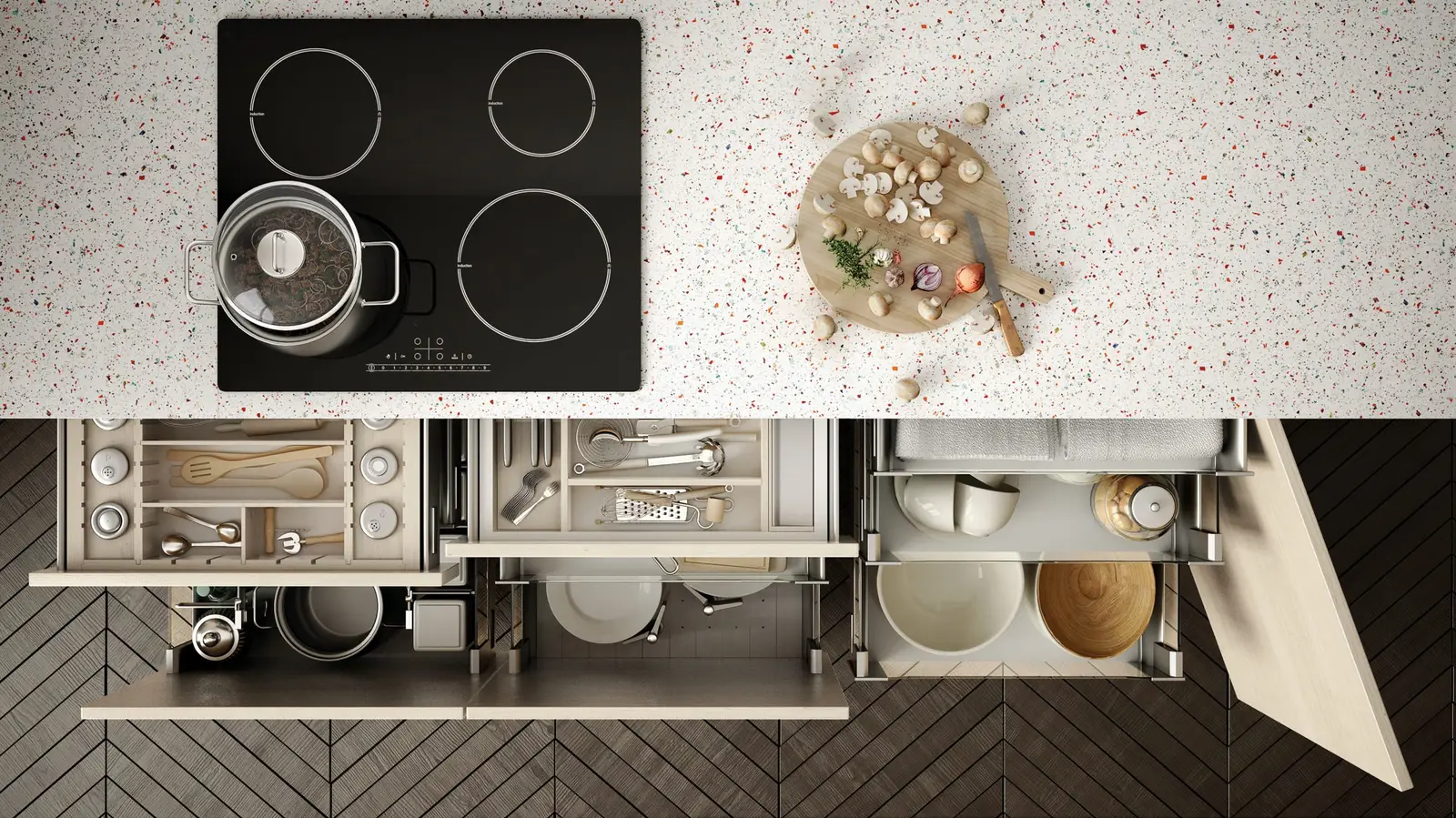
Noise from your induction hob? Learn why buzzing and clicking happen and how to fix them. Simple cures, expert tips...